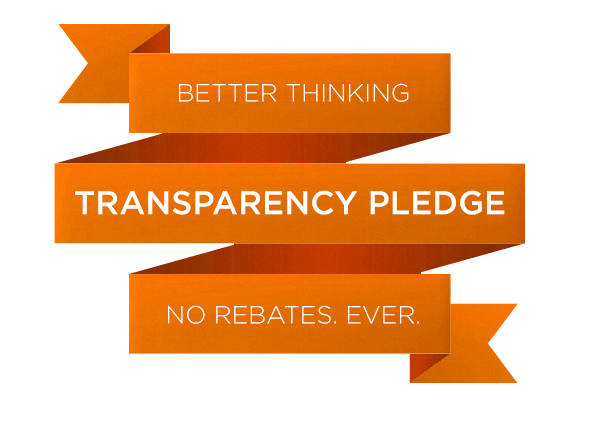Published on
Mind the Snap

Gen Z is the first digital native generation. Born around 2000 or later, they intuitively know how to swipe a phone and download an app — and unlike previous generations, all stages of their lives have been captured on social media. They are more than just media trendsetters: Gen Z has annual purchasing power of $44 billion per year, and 73% of this cohort say they would make a purchase based on a social media communication. Marketers ignore Gen Z’s use of social media at their peril.
But does social media also have a dark side for youth? UK-based Royal Society for Public Health has explored this dynamic in the report #StatusofMind. The group dug into the impact social media is having on Gen Z along with recommendations for how to have a healthier relationship with one’s devices. The centerpiece of the report are the results of a survey where participants were asked to rate five social networks and how using them affected 14 areas of mental health. Here are some insights:
• YouTube has the most positive impact on respondents. It is seen as a good place to find emotional support, a space for personal expression, and a locus of community building. While the report does not specify why, it’s been our experience that video, particularly the longer form opportunities available on YouTube, is a great medium to tell a story and build engagement. YouTube also has less engagement on comment threads, hinting that the competitive back-and-forth of social-media debates and Likes elsewhere may be a negative drain on youthful emotions.
• Snapchat and Instagram both scored well as places for self-expression, but also as places where respondents were more likely to be subjected to bullying, anxiety and body image issues. This will continue to be a challenge but is also a great opportunity for brands to use the space to build up individuals. Socially savvy brands such as HUM and wagamama are doing just that.
• Unsurprisingly, all of the apps are driving a loss of sleep amongst respondents. This is not unique to Gen Z and there are more and more apps that are custom built to help individuals decrease their screen time.
The report concludes with some recommendations around education and built-in warnings tied to device and app usage. As having a “healthier relationship with your phone” becomes a bigger part of the conversation, Gen Z will provide much of the guidance, particularly as this generation rises in the workforce.

